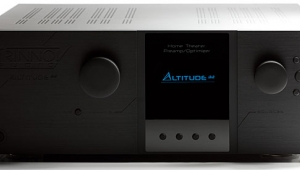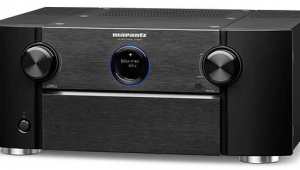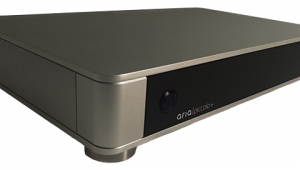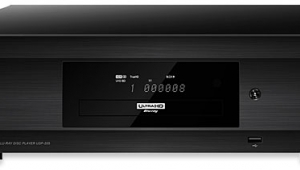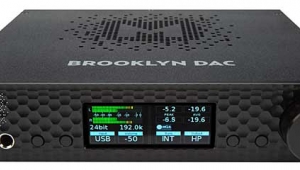| Columns Retired Columns & Blogs |
Kal,
Excellent column! I particularly liked the review of the Meridian pre/pro. I noticed you didn't use the Merdian DSP speakers with their built-in amps and digital crossovers. Which power amp did you use?
Thanks,
Kaushik





